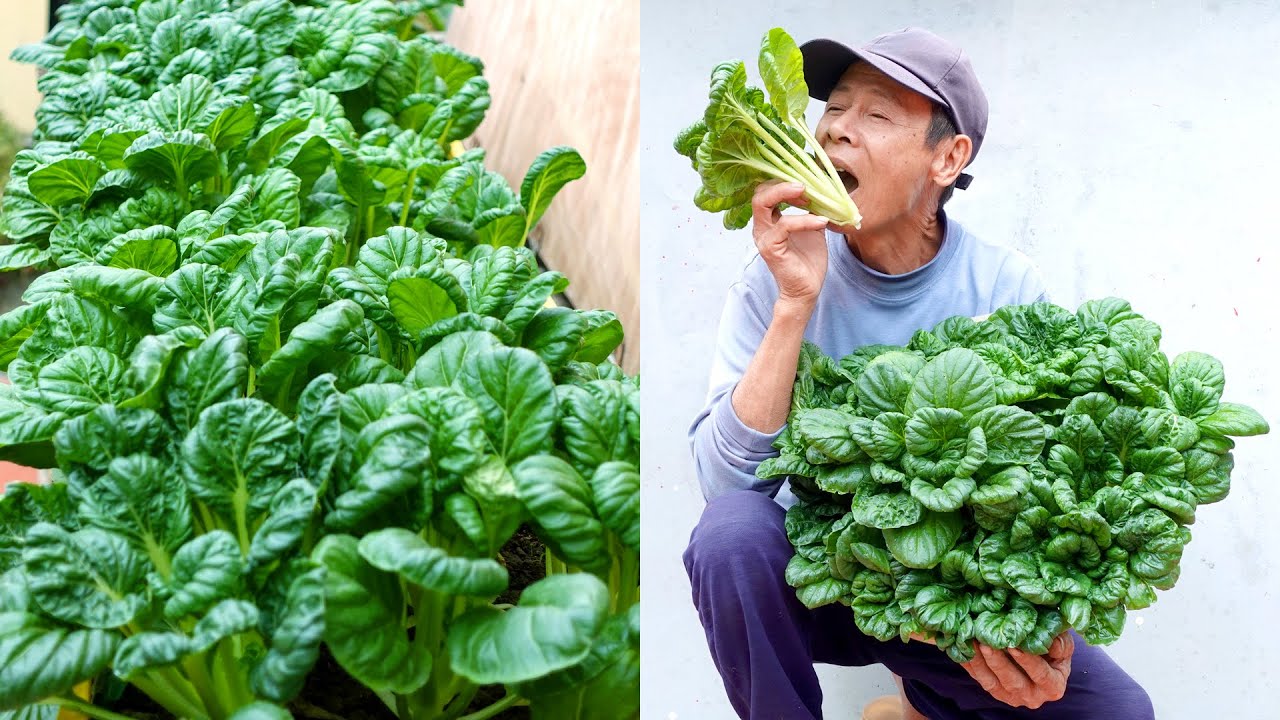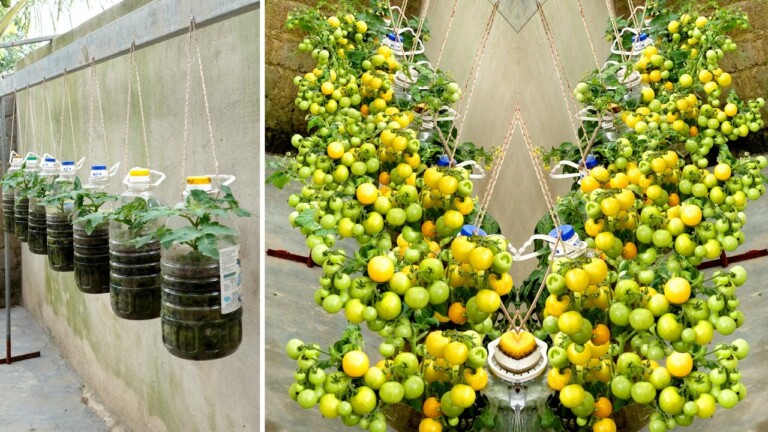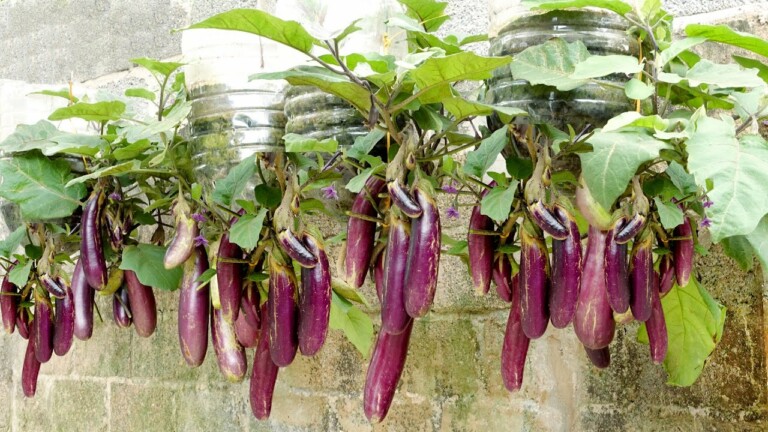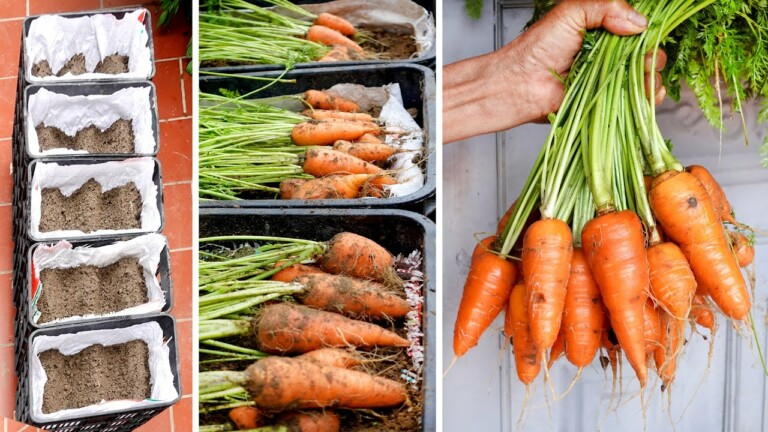Recycle Plastic Bottles Growing Vegetables on Dry Branches, Smart Gardening Ideas
Welcome to our blog post where we will delve into the world of smart gardening ideas. In this edition, we will be sharing a unique technique that combines two sustainable practices: recycling plastic bottles and growing vegetables on dry branches. Join us as we explore this innovative approach that not only promotes eco-consciousness but also maximizes the potential of limited gardening space. Our aim is to inspire you to adopt these smart gardening ideas and embark on your very own green journey. So, let’s dive in and discover the wonders of recycled plastic bottles and the magic they can bring to your garden.
Introduction
Welcome to our article on smart gardening ideas using recycled plastic bottles and dry branches. In this article, we will explore innovative ways to grow vegetables while reusing plastic bottles and utilizing dry branches. We will also discuss the benefits of this method and provide step-by-step instructions on how to set up your own garden.
- Why Recycle Plastic Bottles?
- Plastic bottles are one of the most common types of waste found in landfills and oceans.
- By recycling them into garden containers, we can reduce the environmental impact and promote sustainability.
- Recycling plastic bottles also helps to minimize the production of new plastic, thus conserving energy and resources.
- Utilizing Dry Branches for Support
- Dry branches, also known as twigs, can serve as a cost-effective and eco-friendly solution for supporting plants.
- They provide a natural support structure and also act as organic mulch, helping to retain moisture in the soil.
- Dry branches are readily available and can be collected from your backyard or local parks.
- Setting Up Your Recycled Plastic Bottle Garden
- Selecting the Right Bottles: Choose plastic bottles with a capacity of at least 1 liter. Make sure they are fully cleaned and free of any residual chemicals.
- Cutting the Bottles: Using a sharp pair of scissors, cut the top part of the bottle, leaving enough space for the plants to grow.
- Creating Drainage Holes: Poke several small holes at the bottom of the bottle to allow excess water to drain.
- Filling the Bottles: Fill the bottles with a well-draining potting mix, ensuring that it is loose and nutrient-rich.
- Planting Vegetables: Choose your favorite vegetable seeds or seedlings and plant them in the prepared bottles. Make sure to follow the planting instructions for each specific vegetable.
- Watering: Water your plants regularly, ensuring that the soil remains moist but not waterlogged.
- Providing Support: Insert dry branches into the soil along with the plants to provide support as they grow.
- Maintenance: Monitor the growth of your plants, removing any weeds or pests that may appear. Regularly check the moisture level of the soil and adjust watering accordingly.
- Benefits of Recycled Plastic Bottle Gardens
- Space Optimization: These gardens are ideal for small spaces, balconies, and even indoor gardening.
- Water Conservation: The plastic bottles’ design allows for efficient water usage, minimizing wastage.
- Cost-effective: Creating a recycled plastic bottle garden can be a budget-friendly alternative to traditional gardening.
- Eco-friendly: By using recycled materials, you contribute to reducing waste and supporting a greener environment.
- Conclusion
In conclusion, smart gardening with recycled plastic bottles and dry branches offers a sustainable and innovative approach to growing vegetables. By repurposing waste materials, we can create cost-effective and eco-friendly gardens that not only benefit the environment but also provide us with fresh and nourishing produce. So, why not give it a try and start your own recycled plastic bottle garden today?
FAQs (Frequently Asked Questions)
- Can I use any type of plastic bottle for my garden?
- It is recommended to use plastic bottles made of PET or HDPE, as they are safe for planting and do not release harmful chemicals into the soil.
- Do I need to use fertilizer in my recycled plastic bottle garden?
- Yes, it is advisable to incorporate organic fertilizers into the potting mix to provide essential nutrients for your plants’ growth.
- How often should I water my plants in a recycled plastic bottle garden?
- The watering frequency depends on various factors such as the type of plant, weather conditions, and the moisture retention capabilities of the potting mix. It’s best to monitor the soil moisture regularly and water as needed.
- Can I grow flowers in a recycled plastic bottle garden?
- Absolutely! You can grow a wide variety of flowers in your recycled plastic bottle garden. Just make sure to choose the right type of plants that suit your local climate and growing conditions.
- What are some other creative ways to repurpose plastic bottles in gardening?
- Apart from using them as plant containers, you can create vertical gardens, irrigation systems, or even self-watering planters using plastic bottles. The possibilities are endless!
Remember to always follow safety precautions while handling tools and sharp objects. Happy gardening!
Note: All rights reserved by 5T1 Media. Please do not reupload our content. For business inquiries, please contact us via email. Don’t forget to subscribe, like, and share our content. Follow us on Facebook, Twitter, Instagram, and Pinterest for more updates. Hashtags: #garden #gardenideas #diygarden #51tmedia.






